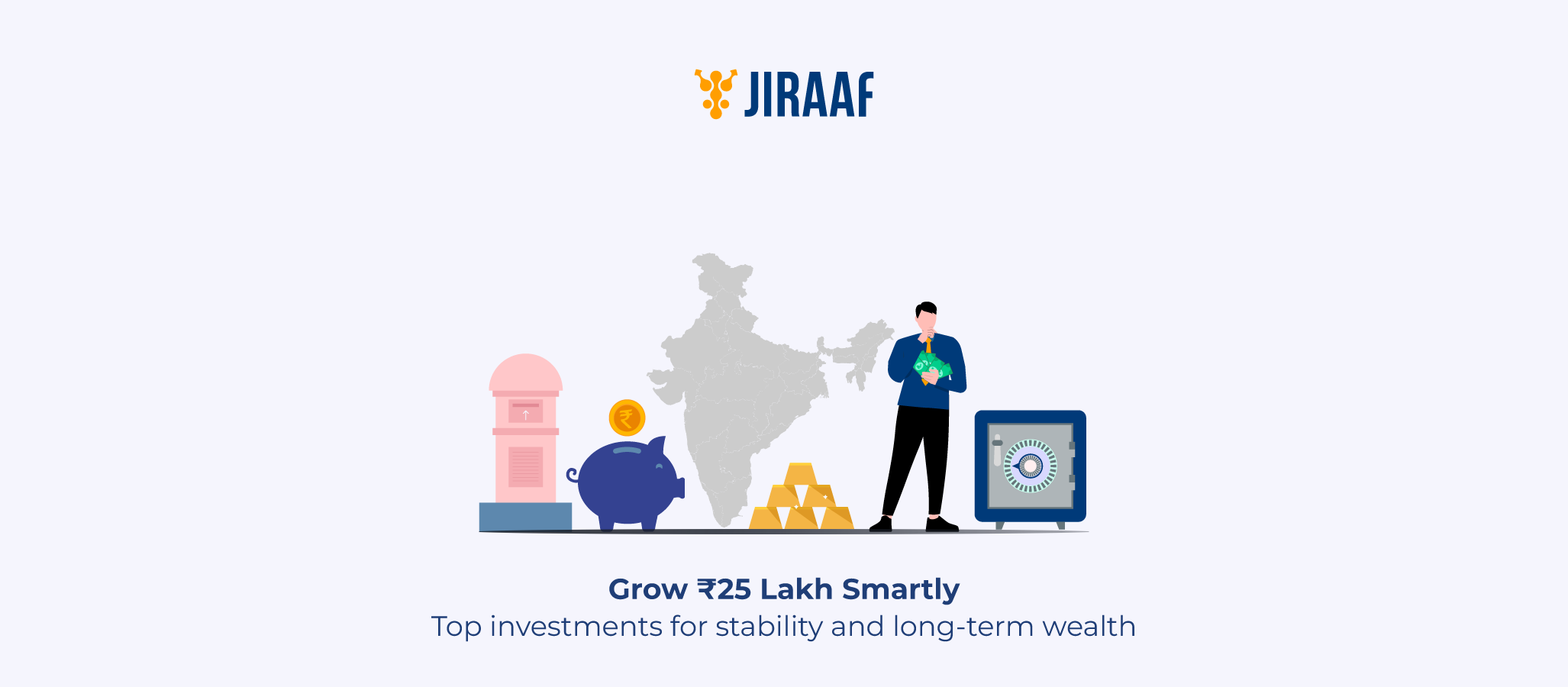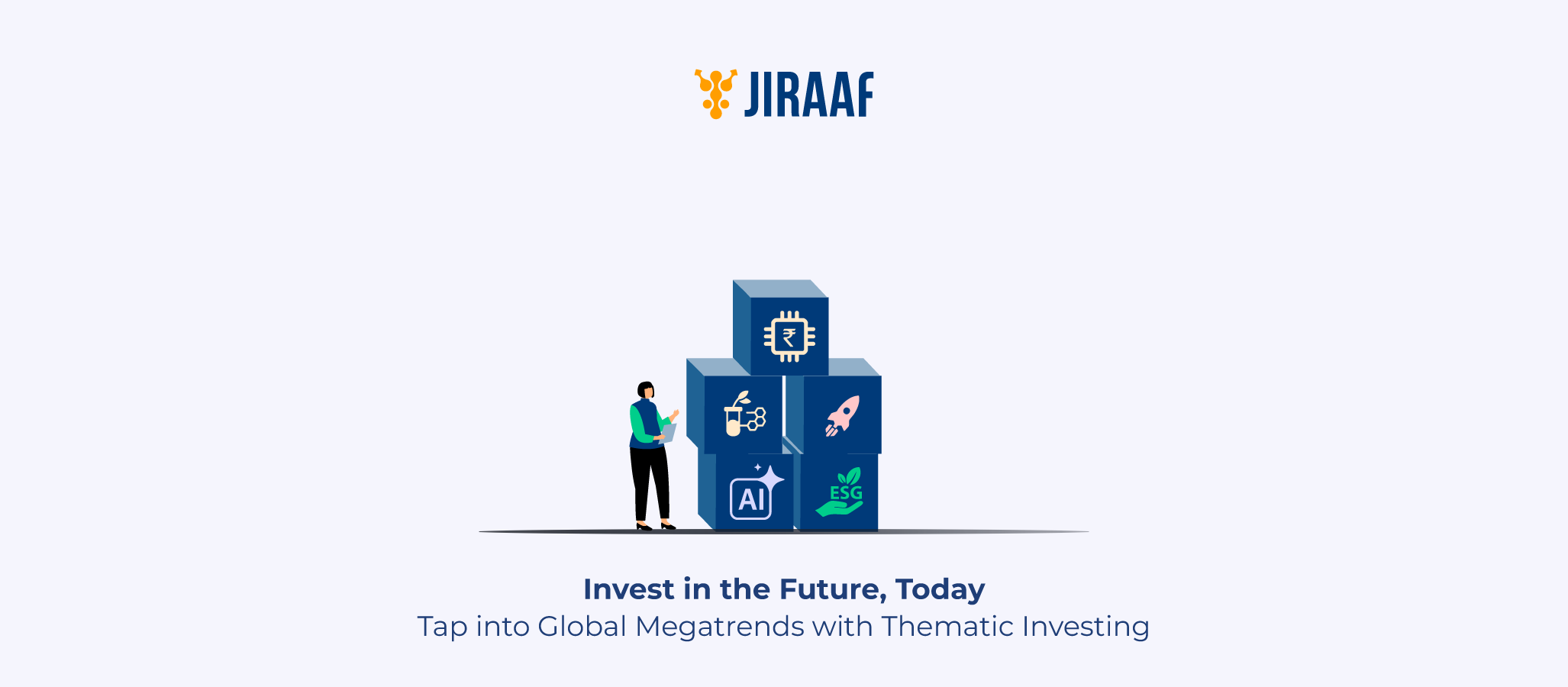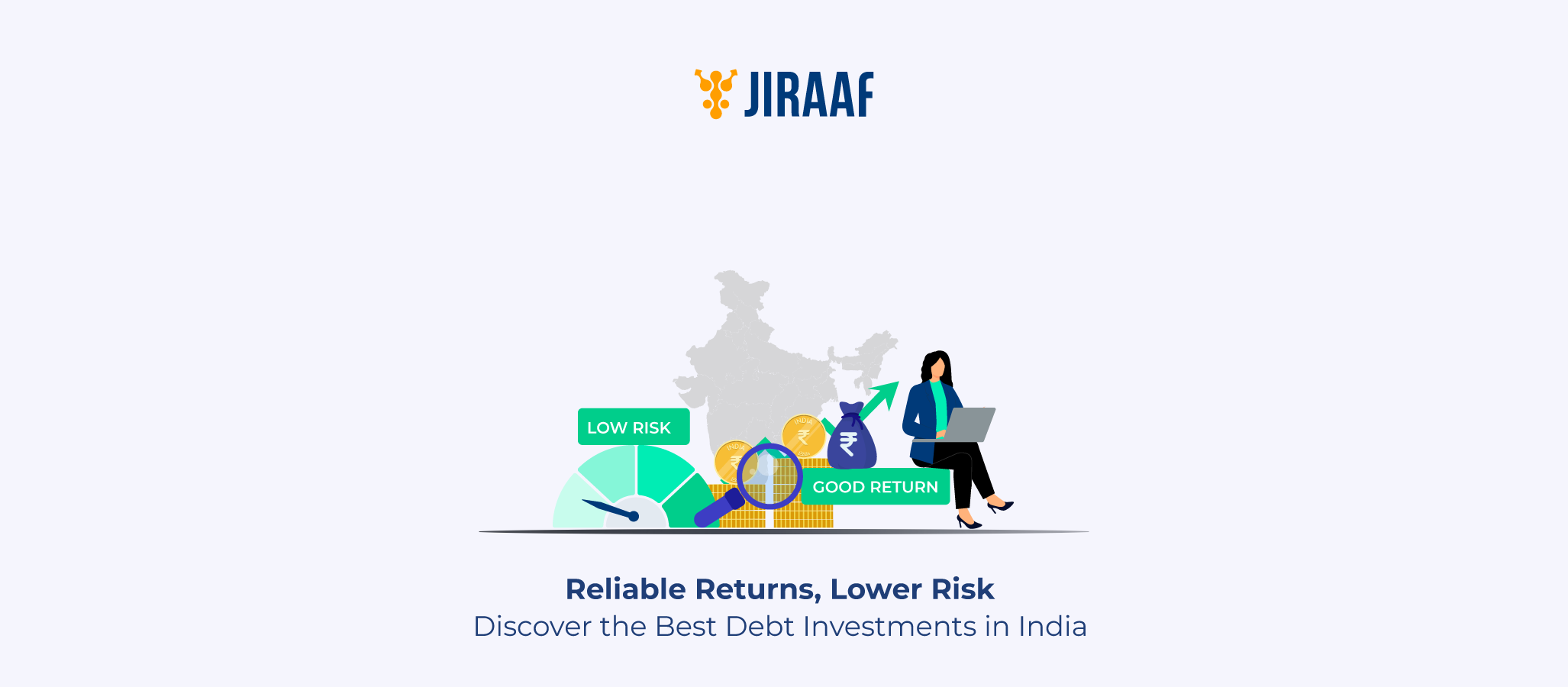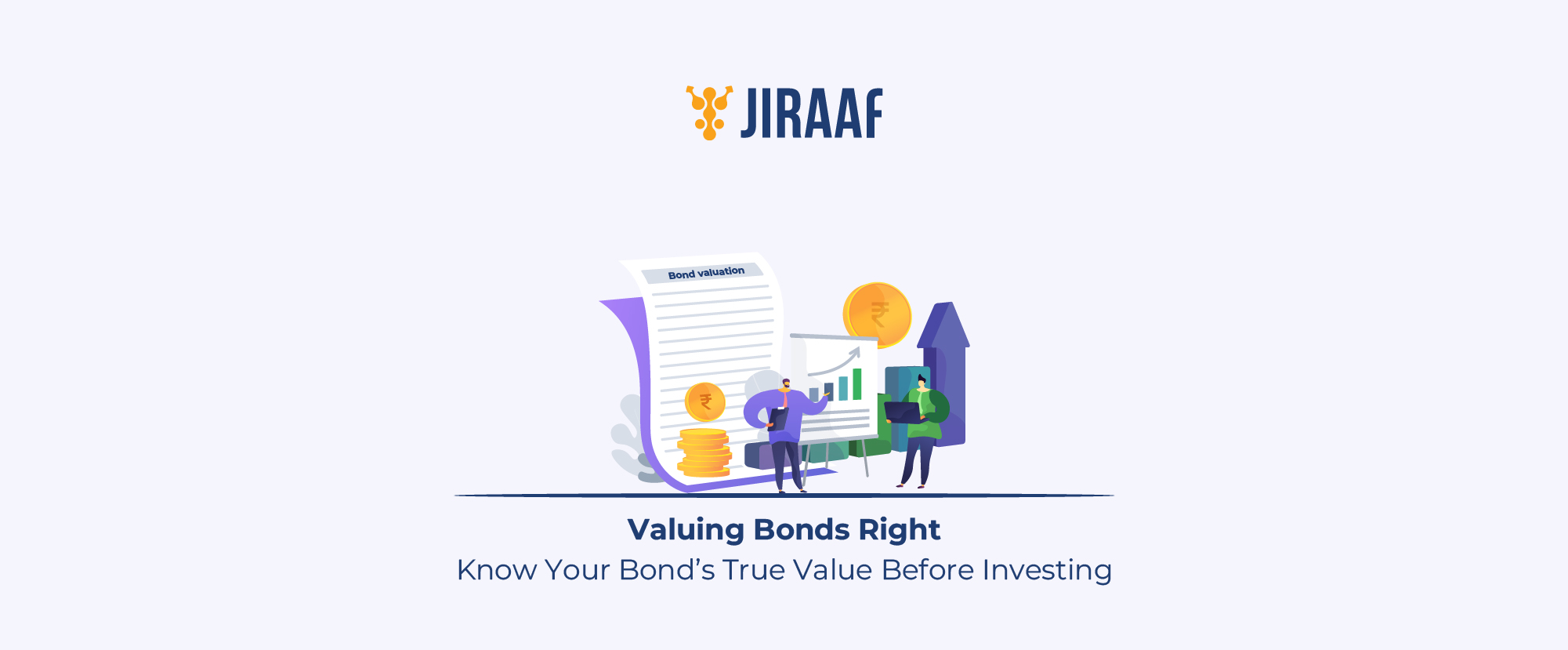Investing ₹25 lakh is a big step. It’s not a small amount, and the way you use it can have a lasting impact on your financial future. At the same time, having so many choices can feel overwhelming. Pick the wrong option and you risk losing growth or taking on more risk than you’re comfortable with.
In this guide, we will focus on fixed income options—investment avenues that offer stability, predictable returns, and lower risk. Whether your goal is steady income, capital protection, or long-term wealth creation, you’ll find practical approaches that can fit your needs.
Why ₹25 Lakh is a Powerful Investment Amount
₹25 lakh is a meaningful sum. It could cover a large part of a home purchase, pay for a luxury car, or even be the seed capital for a business. But when it comes to personal finance, holding on to such an amount in cash can be costly—every rupee that sits idle is a rupee that could have been compounding. Invested wisely, this corpus can give you a strong base for financial security and freedom. The key is to balance growth with stability. That’s where mutual funds and SIPs come in, offering diversification across assets and the discipline of regular investing, while keeping your money actively working for you.
Mutual Funds & SIPs—Diversify Your ₹25 Lakh Investment
Mutual funds pool investors’ money and invest across multiple assets, giving you professional management and diversification. For a significant investment, this approach simplifies decision-making and reduces the burden of managing a large portfolio yourself.
At the same time, the variety of mutual fund options can feel overwhelming. Different categories suit different goals, and choosing the wrong type can affect returns or risk exposure. For a complete guide on fund types and how to select the right one, check out our detailed mutual fund blog.
Systematic Investment Plans or SIPs provide a practical way to invest gradually. Instead of putting the entire amount at once, you can contribute smaller sums at regular intervals. This strategy smooths out market fluctuations—you gain when the market rises and averages out losses when it falls. If you are unsure how to structure a SIP or what contribution suits your goals, our SIP calculator can guide you, showing potential returns and helping plan a schedule that works for you.

The mutual fund industry continues to grow strongly. As of March 2025, the number of folios increased 31.85 percent year over year, and AUM reached ₹65.74 lakh crore, up from ₹53.40 lakh crore in March 2024.
Monthly SIP contributions also rose significantly to ₹24,113 crores from ₹16,602 crores the previous year, reflecting the growing confidence and maturity of retail investors.
Despite these advantages, mutual funds come with market-linked fluctuations and a wide range of choices, which can feel overwhelming even for seasoned investors. To provide stability and predictable returns, many investors complement mutual funds with fixed deposits and debt instruments, which we will explore next.
Fixed Deposits & Debt Instruments for Safe Returns
Fixed deposits are often the go-to choice when you think of stability. They protect your capital and provide predictable interest. FD rates vary by bank and tenure, and some small finance banks offer higher returns for longer terms. Tax-saving FDs under Section 80C are an added benefit, letting you reduce taxable income while earning interest. You can choose cumulative FDs to reinvest interest or non-cumulative to receive it periodically.
You can choose between cumulative or non-cumulative FDs, depending on whether you prefer to reinvest interest for compounding or receive it periodically for regular income.
Here are some recent FD rates from small finance banks listed on Jiraaf:
| Bank Name | 1 Year | 3 Year | 5 Year |
| Utkarsh Small Finance Bank | 6% | 7.65% | 7.25% |
| Suryoday Small Finance Bank | 7.4% | 7.25% | 8.2% |
| Shivalik Small Finance Bank | 7.05% | 7% | 6.5% |
| Slice Small Finance Bank | 7.25% | 7.5% | 7% |
For slightly higher returns, debt instruments like corporate bonds, government securities, and non-convertible debentures can be considered. They usually offer better yields than FDs while remaining relatively stable compared to equities. If you aim for more aggressive growth, equities and the stock market provide higher long-term potential.
Stock Market & Equity for Long-Term Growth
The Indian stock market has shown strong long-term growth. The Nifty 50 index, which tracks 50 leading companies, has experienced a growth of around 120% over the last 5 years. This highlights the potential of equities to generate substantial returns over time.

(Source: Capital Line)
Equity investments essentially make you a part-owner of a company. This ownership comes with both opportunity and responsibility. You share in the company’s growth, but you also bear the risk of its performance. That is why equity is volatile—the returns can swing significantly in the short term, but historically, they reward patient investors over the long run.
This makes equities particularly suitable for investors with a long-term horizon, typically five years or more. By allocating a portion of your ₹25 lakh investment to carefully chosen stocks or equity mutual funds, you can aim for higher returns while spreading risk through diversification.
While equities offer growth potential, some investors may seek more tangible assets or stable rental income. This is where real estate and REITs come into play, providing opportunities to build wealth through property while balancing risk.
Real Estate & REITs—Building Wealth with Property
As India’s population grows and urbanization accelerates, the demand for housing and commercial spaces is surging. The real estate sector is projected to expand to USD 1 trillion by 2030, contributing 13% to the nation’s GDP. Cities like Mumbai, Bengaluru, and Delhi NCR are at the forefront of this growth.

(Source: IBEF)
Direct investment in real estate can be capital-intensive and complex. Real Estate Investment Trusts (REITs) offer an accessible alternative, allowing investors to own units in large-scale commercial properties without the need for significant capital or property management responsibilities.
REITs in India are listed on stock exchanges, and investors can purchase units using a demat and trading account, just like equities. Recent regulatory changes by SEBI have enhanced the liquidity and appeal of REITs in India, aligning their treatment closer to equities through measures like follow-on offerings and reduced minimum trading lot sizes, while maintaining their distinct asset class status, which has increased their appeal by facilitating liquidity and market participation.
This investment option is ideal for people looking for consistent income from dividends and exposure to the real estate market without the complications of direct property ownership.
While real estate and REITs offer growth and regular income, some investors prioritize stability and capital protection. For a predictable and secure addition to your portfolio, government schemes and bonds provide the foundation every investor can rely on.
Government Schemes & Bonds for Stability
When considering safe and reliable investment avenues, government schemes often come to the forefront. These schemes are designed to offer fixed returns, making them appealing to conservative investors.
- Post Office Monthly Income Scheme (POMIS): This strategy provides an annual interest rate of 7.4%, payable monthly. It is great for retirees who want a consistent source of income. The interest is credited monthly, enabling liquidity while maintaining safety.
- Senior Citizens Savings Scheme (SCSS): Tailored for senior citizens aged 60 and above, SCSS offers an interest rate of 8.2% per annum, payable quarterly. This scheme provides higher interest rates compared to other savings schemes, ensuring a steady income stream for retirees.
- National Savings Time Deposit (TD): Offering interest rates ranging from 6.9% to 7.5% per annum, depending on the tenure, this scheme allows investors to choose a duration that aligns with their financial goals. The interest is compounded quarterly, and the principal is returned at maturity.
Now, those looking to diversify their investment portfolio can find government securities that offer a blend of safety and predictable returns.
- RBI Floating Rate Savings Bonds: These bonds offer an interest rate of 8.05% per annum, payable semi-annually. The interest rate is linked to the National Savings Certificate (NSC) rate plus a fixed spread of 0.35%. This means that when the NSC rate rises, the interest rate on FRSBs also increases, providing a hedge against inflation. The bonds have a tenure of 7 years, with early exit options available for senior citizens based on age-specific lock-in periods.
- Government Savings Bonds (Taxable): These bonds offered 7.75% annual interest, paid every six months for 7 years. The interest was taxable, and the principal was returned when the bond matured, making it suitable for investors looking for stable returns. However, it was discontinued by GOI from May 28, 2020. No new subscriptions were allowed while previous ones still exist till their maturity date.
Once you have a portion of your portfolio secured with these stable investments, it makes sense to explore assets that can add diversification and long-term protection. Gold and alternative assets not only act as a hedge against inflation but also help balance your portfolio when markets fluctuate, giving your overall investment strategy more resilience.
Gold & Alternative Assets for Portfolio Balance
Once you’ve safeguarded a piece of your portfolio with government programs and bonds, gold and other alternative assets serve a distinct but equally vital purpose. They provide more than just rewards; they also bring stability and balance. Gold protects against inflation and market swings, while alternative assets such as commodities or private equity can behave differently than traditional investments, lowering overall portfolio risk.
By including these assets, you secure your wealth while also creating a buffer that allows your other investments to expand without being excessively susceptible to market fluctuations. This technique ensures that your portfolio is more resilient and balanced.
Now that we have explored some of the best investment options, it is important to remember that you do not need to invest in all of them or lock your capital for a long tenure. Different goals require different strategies. Let’s take a closer look at how you can plan for short-term and long-term objectives to make your corpus work effectively.
Short-Term vs Long-Term Investment Strategies
Investing wisely means finding the right balance between short-term needs and long-term goals. While short-term investments focus on safety and liquidity, long-term investments aim to grow your wealth over several years. Combining both ensures your money works efficiently at every stage of your financial journey.
- Short term goals: For goals within the next 1 to 3 years, low-risk options like liquid mutual funds, treasury bills, recurring deposits, and short-term FDs are ideal. They keep your capital safe and accessible while providing steady returns without locking in your funds for too long.
- Medium-term goals: For a 3 to 5-year horizon, a mix of debt and conservative equity can help you earn moderate returns while managing risk. Options such as corporate bonds, balanced mutual funds, and post office time deposits offer a good balance between growth and stability.
- Long-term goals: When planning for goals beyond five years, growth becomes the priority. Equity mutual funds, government bonds, gold, and real estate can help your investments compound over time. While these come with short-term market fluctuations, patient investors are often rewarded with higher long-term returns.
This structured approach ensures that every part of your corpus is aligned with your financial objectives. To avoid missteps or mismatches between your goals and risk tolerance, consulting a financial advisor can provide clarity and confidence in your investment plan.
Conclusion
Investing ₹25 lakhs is a valuable opportunity to grow your wealth and create a safety net for the future. The key is to spread your money across different avenues that suit your goals and comfort with risk. A mix of equities and mutual funds can drive long-term growth, while fixed deposits, government bonds, and gold can provide stability and security.
With the right balance and a disciplined approach, this corpus can become the base for lasting financial strength and independence.









